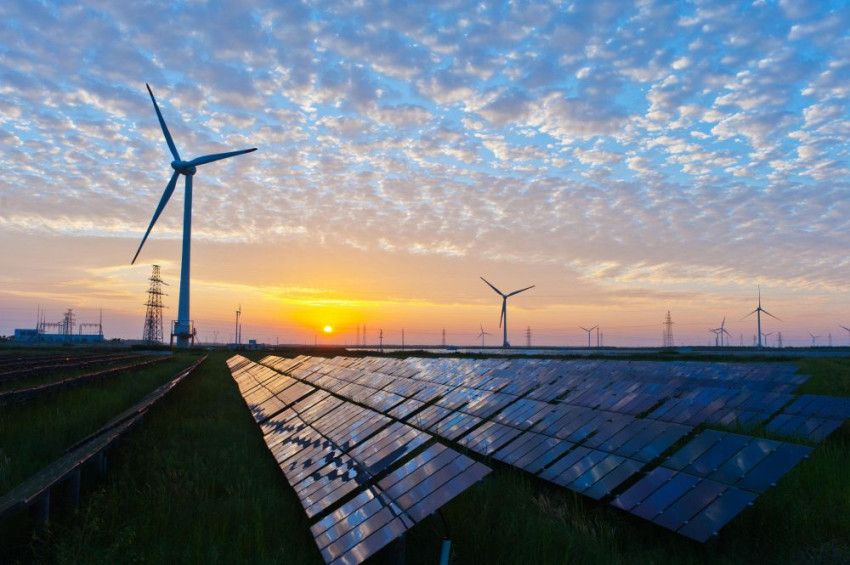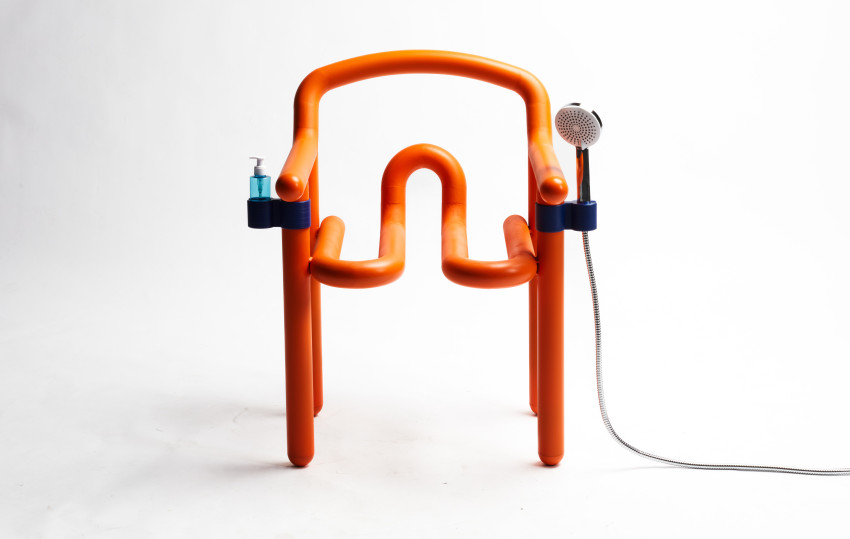
KIVI energy plan: irregular wind and solar supply can be buffered
In a new KIVI energy plan, our economy will run almost entirely on solar and wind. And it shows how we can buffer the irregular supply.
Large-scale daily storage, hydrogen as an energy buffer and a substantial back-up system should make it possible to run our energy management systems almost entirely on solar and wind. This is the core of the energy plan The future Dutch full carbon-free energy system by research team EnergyNL2050 of the Royal Netherlands Society of Engineers (KIVI). The journal De Ingenieur presents the plan in its latest issue, together with critical observations from a number of energy experts.
The plan rests on five pillars: sharp energy savings, wind and solar as key energy sources with a smart mix, large-scale daily storage, a substantial share of hydrogen, also as an energy buffer, and major back-up capacity.
► Energy savings
The energy savings come primarily from preventing conversion losses. Fossil-fuelled power plants generate electricity at 45 to 50% efficiency, but with wind turbines and solar panels, this is at least 90%. A car running on petrol or diesel has an efficiency of 20 to 25%, but for electric cars that's around 80%, and even a hydrogen car with a fuel cell still manages 45%.
And the same thing applies to industry. Cracking crude oil to petrol and diesel costs a lot of energy, but this will in future no longer be necessary. Heat supply can be managed with heat pumps that utilize heat from the environment. All things considered, KIVI engineers imagine a total energy system by 2050 that saves 50% due to electrification.
► Solar and wind
The key suppliers of that electricity are wind turbines and solar panels. To absorb seasonal fluctuations as much as possible – the sun produces less in winter than in summer, but for wind the reverse is the case – wind has to produce four times more than sun. This would mean that large-scale seasonal storage is not necessary.
The space for solar panels is found on the roofs of homes, offices and commercial buildings, along roads and railway lines and in solar parks on land or water. Wind will be primarily off-shore. To achieve this, it would take roughly one sixth of the total surface area of the Dutch zone of the North Sea.
► Daily storage for short-term fluctuations in energy yield
Preventing solar panels on a sunny summer's day from overloading the power grid requires daily storage in batteries. The required amount is equivalent to the battery capacity of some three million electric vehicles. Once combustion engines have been banned after 2030, this would no longer be an unrealistic option by 2050.
Daily storage also helps to absorb rapid fluctuations in the supply of wind energy.
► Major role for hydrogen
Of all the electricity generated, 25% is used to produce hydrogen. This is needed specifically for industrial processes and heavy transport.
► Large back-up capacity
A hydrogen buffer bridges periods in which the sun is not shining or there is no wind. Fuel cells then supply electricity. This back-up capacity is comparable to some twenty big gas-fired power plants.
A lot to do
The plan has its limitations: it has not been translated into energy models and there is no financial foundation. And that is echoed in the critical comments from energy experts. But they also note that the plan underestimates what is necessary for the electricity network, and they see a greater role for biomass. One positive factor is that the plan shows what is necessary if we want to base our energy supply primarily on solar and wind.
If you found this article interesting, subscribe for free to our weekly newsletter!






